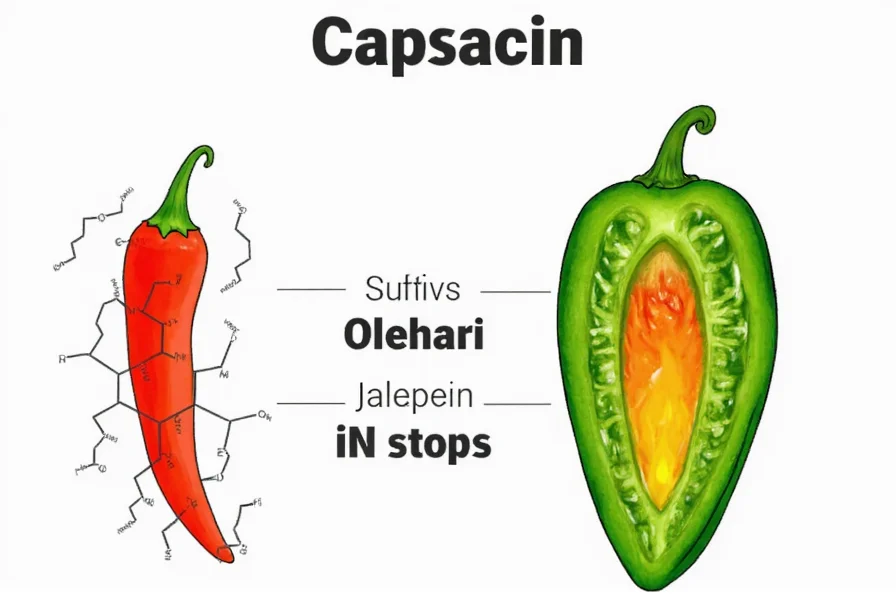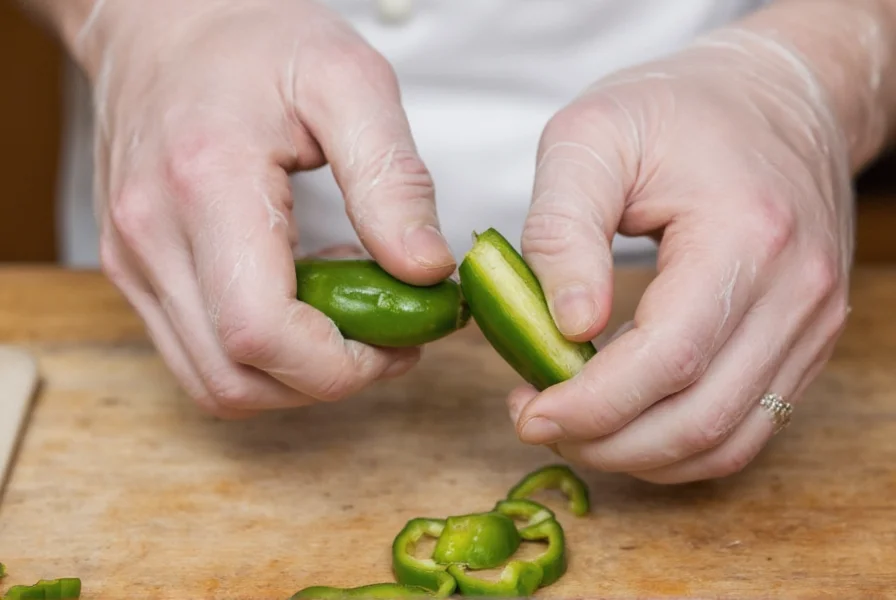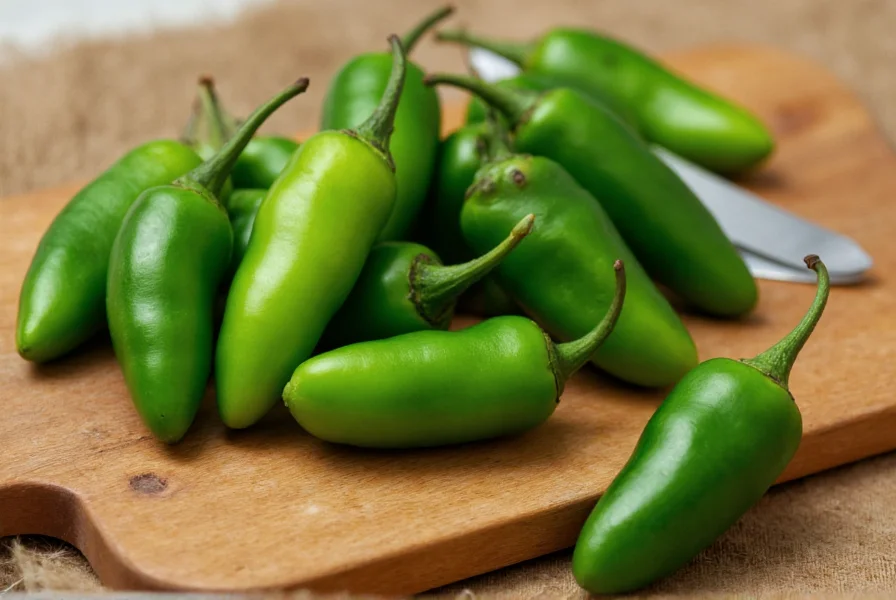Understanding exactly where jalapeños fall on the Scoville scale helps home cooks and chili enthusiasts make informed decisions about heat levels in their recipes. This comprehensive guide explains the science behind jalapeño heat, factors that influence their spiciness, and how they compare to other popular peppers.
The Scoville Scale Explained
Developed by pharmacist Wilbur Scoville in 1912, the Scoville Organoleptic Test originally measured chili pepper heat through human taste panels. Today, scientists use High-Performance Liquid Chromatography (HPLC) to precisely measure capsaicinoids—the compounds responsible for heat in peppers. The results are converted to Scoville Heat Units (SHU) for consumer understanding.
Modern testing reveals significant variation in jalapeño heat levels due to growing conditions, soil composition, water stress, and maturity at harvest. This explains why two jalapeños from the same plant might deliver noticeably different heat experiences.

Why Jalapeño Heat Varies So Much
Several factors contribute to the wide Scoville range for jalapeños:
- Ripeness: Red jalapeños (fully ripe) often measure hotter than green ones
- Stress factors: Water deprivation and nutrient stress increase capsaicin production
- Seeds and membranes: The white pith and seeds contain most capsaicin
- Cultivar differences: Some varieties like 'Early Jalapeño' are milder than 'TAM Mild'
| Pepper Variety | Scoville Heat Units | Heat Comparison |
|---|---|---|
| Jalapeño | 2,500-8,000 SHU | Moderate heat, approachable for most palates |
| Serrano | 10,000-23,000 SHU | 2-3 times hotter than jalapeño |
| Habanero | 100,000-350,000 SHU | 15-40 times hotter than jalapeño |
| Bell Pepper | 0 SHU | No heat |
Practical Cooking Implications
Knowing the jalapeño Scoville range helps you manage heat in your cooking:
When preparing jalapeños, remember that removing the seeds and white membranes can reduce heat by up to 80%. For consistent results in recipes calling for "mild jalapeños," select firm, dark green specimens. If you prefer more heat, look for peppers with visible striations (corking) and allow them to ripen to red.
Chefs often recommend tasting a small piece before adding jalapeños to dishes. This simple step accounts for natural variation between peppers. When preserving jalapeños through pickling or freezing, note that heat levels may intensify slightly during storage.

Common Misconceptions About Jalapeño Heat
Many believe red jalapeños are always hotter than green ones, but color alone doesn't determine heat. The ripening process can increase capsaicin concentration, but growing conditions play a larger role. Similarly, the presence of corking (white lines on the skin) indicates stress that often—but not always—correlates with higher heat.
Another frequent misunderstanding involves comparing jalapeños to similar-looking peppers. While serranos resemble smaller jalapeños, they typically deliver 2-3 times more heat. Confusing these can lead to unexpectedly spicy dishes.
Managing Jalapeño Heat in Recipes
For predictable results when cooking with jalapeños:
- Always wash hands thoroughly after handling
- Use gloves when preparing multiple peppers
- Remove seeds and membranes for milder flavor
- Balance heat with dairy (yogurt, sour cream) or acid (lime juice)
- Start with half a pepper and adjust to taste
Understanding the jalapeño Scoville range empowers you to use these versatile peppers confidently. Whether you're making salsa, poppers, or adding subtle heat to sauces, knowing what to expect from your jalapeños makes all the difference in creating balanced, delicious dishes.











 浙公网安备
33010002000092号
浙公网安备
33010002000092号 浙B2-20120091-4
浙B2-20120091-4